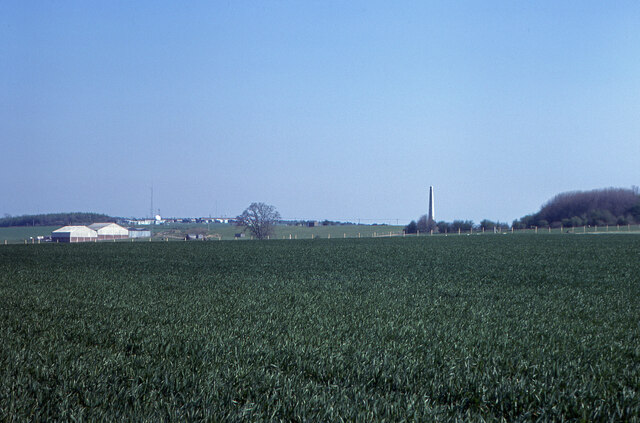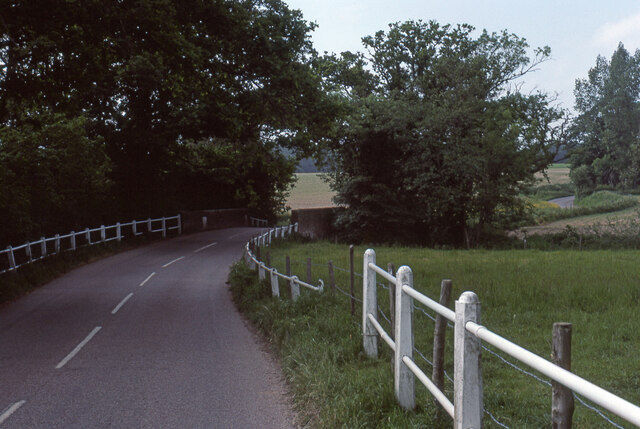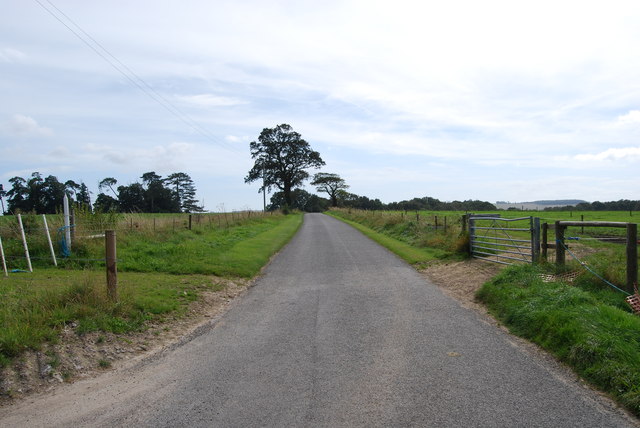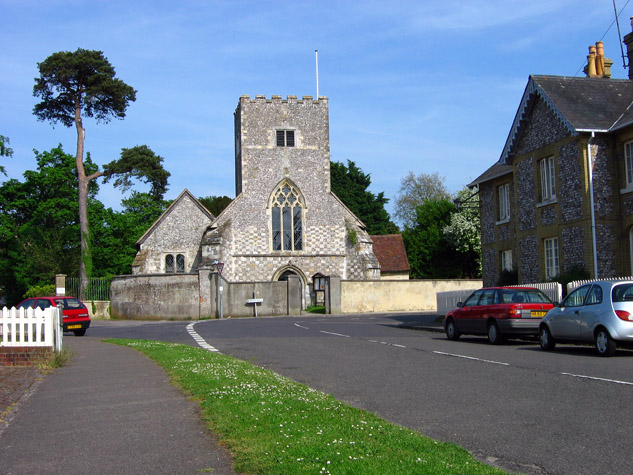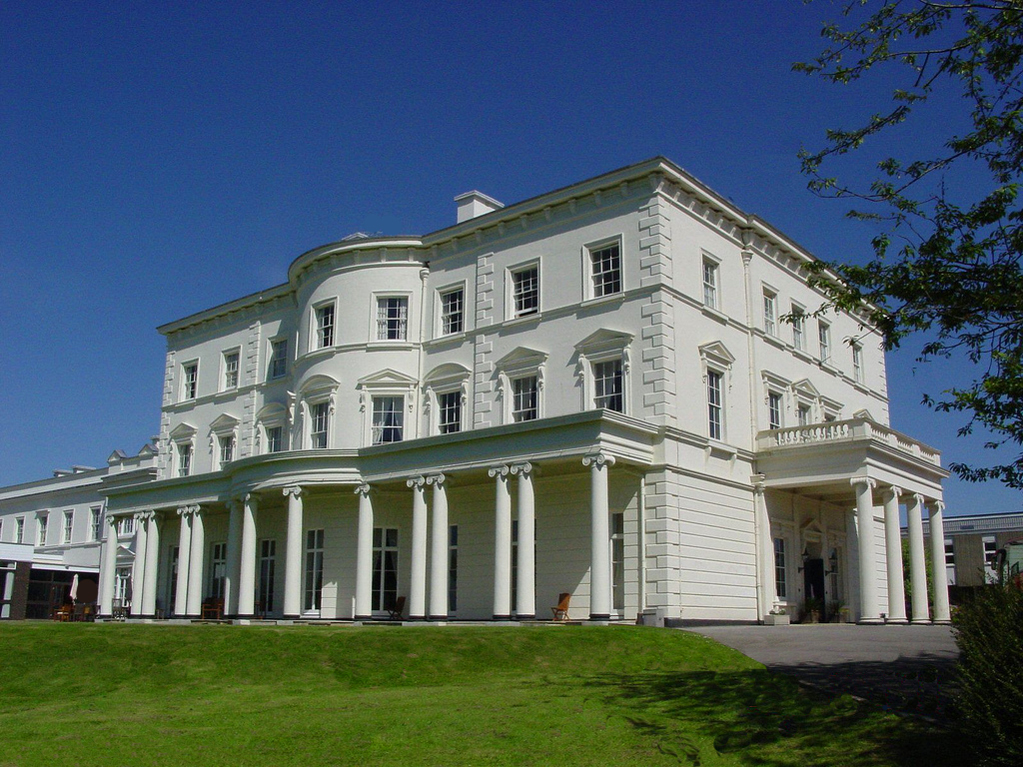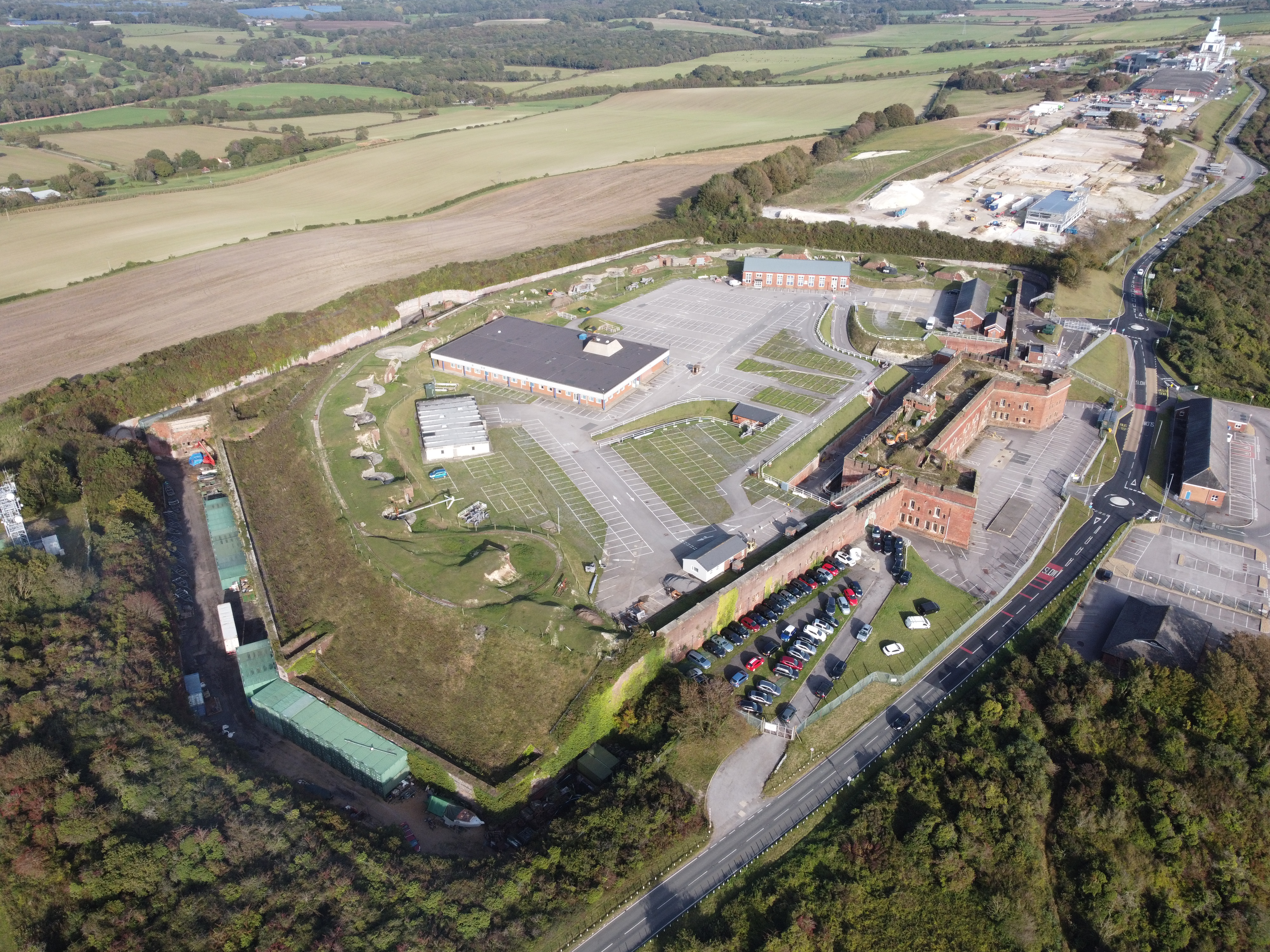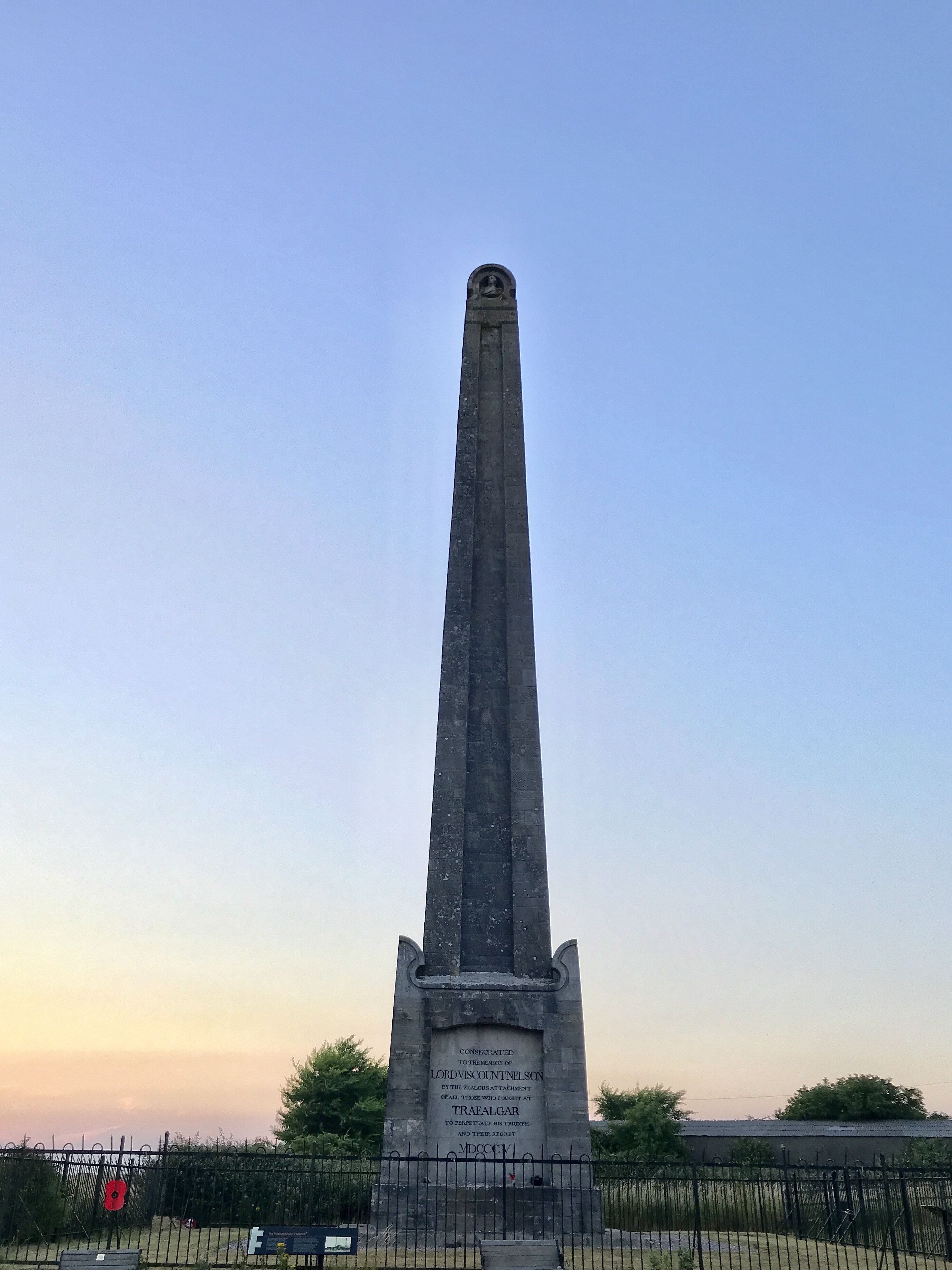Perrige's Coppice
Wood, Forest in Hampshire Winchester
England
Perrige's Coppice

Perrige's Coppice is a picturesque woodland located in the county of Hampshire, England. Spanning an area of approximately 50 acres, it is a popular destination for nature enthusiasts and outdoor adventurers alike.
The coppice is primarily composed of oak and beech trees, which create a dense and vibrant forest canopy. These majestic trees, some of which are centuries old, provide a habitat for a diverse range of flora and fauna. Visitors to Perrige's Coppice can expect to encounter a variety of wildflowers, ferns, and mosses, adding to the enchanting atmosphere of the woodland.
Tranquil walking trails wind through the coppice, allowing visitors to explore its beauty at their own pace. Nature enthusiasts will delight in the opportunity to spot native wildlife such as deer, foxes, and a myriad of bird species that call the coppice home. The area is especially known for its vibrant birdlife, with species like woodpeckers, owls, and warblers frequently observed.
Perrige's Coppice is also steeped in history, with evidence of human settlement dating back to ancient times. Remnants of Iron Age earthworks can be found within the woodland, adding an air of mystery and intrigue to the area.
For those seeking a peaceful retreat or a chance to connect with nature, Perrige's Coppice in Hampshire offers a serene and captivating experience. With its lush woodland, diverse wildlife, and historical significance, it is an ideal destination for nature lovers and history enthusiasts alike.
If you have any feedback on the listing, please let us know in the comments section below.
Perrige's Coppice Images
Images are sourced within 2km of 50.870392/-1.1180504 or Grid Reference SU6208. Thanks to Geograph Open Source API. All images are credited.
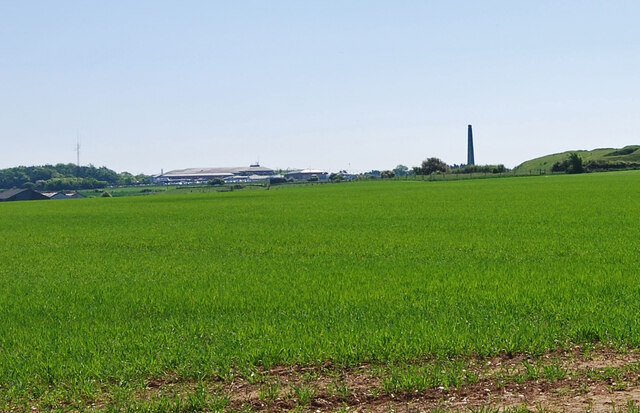






Perrige's Coppice is located at Grid Ref: SU6208 (Lat: 50.870392, Lng: -1.1180504)
Administrative County: Hampshire
District: Winchester
Police Authority: Hampshire
What 3 Words
///toward.copy.soap. Near Fareham, Hampshire
Nearby Locations
Related Wikis
Southwick, Hampshire
Southwick is a village and former civil parish, now in the parish of Southwick and Widley, in the Winchester district, in Hampshire, England. 1 mile...
St James Church, Southwick
St James Church, Southwick is the Church of England parish church of Southwick, Hampshire, England. The parish is part of the Diocese of Portsmouth.The...
Southwick House
Southwick House is a Grade II listed 19th-century manor house of the Southwick Estate in Hampshire, England, about 5 miles (8 km) north of Portsmouth....
HMS Dryad (shore establishment)
HMS Dryad is a former stone frigate (shore establishment). It was the home of the Royal Navy's Maritime Warfare School from the Second World War until...
Portsdown Hill
Portsdown Hill is a long chalk ridge in Hampshire, England. The highest point of the hill lies within Fort Southwick at 131m above sea level. The ridge...
Fort Southwick
Fort Southwick is one of the forts found on Portsdown Hill, which overlooks the naval base of Portsmouth in the county of Hampshire, England. == History... ==
South Boarhunt
South Boarhunt is a small village in the civil parish of Boarhunt in the City of Winchester district of Hampshire, England. Its nearest town is Fareham...
Nelson Monument, Portsdown Hill
The Nelson Monument, 120 feet (37 m) tall on a granite base, stands on Portsdown Hill about 2 miles (3.2 km) north of Portsmouth Harbour on the south coast...
Nearby Amenities
Located within 500m of 50.870392,-1.1180504Have you been to Perrige's Coppice?
Leave your review of Perrige's Coppice below (or comments, questions and feedback).
